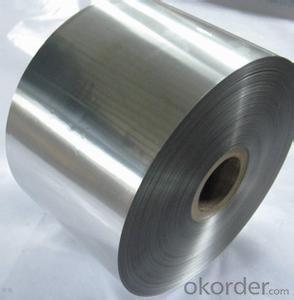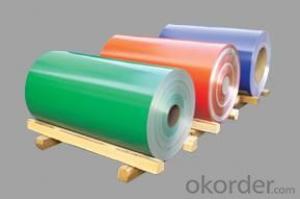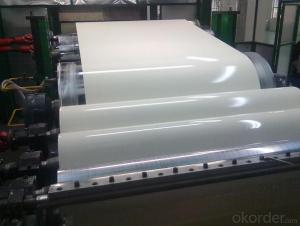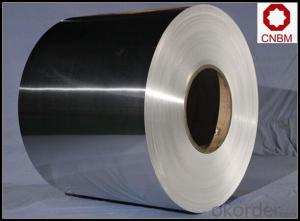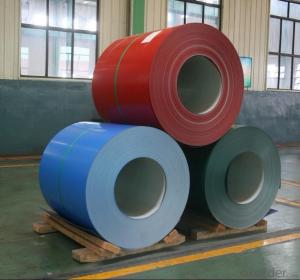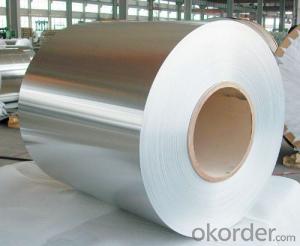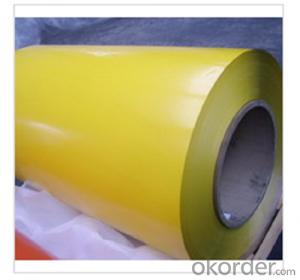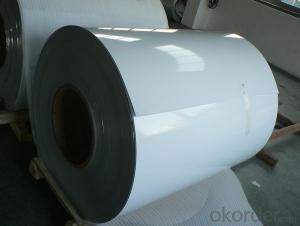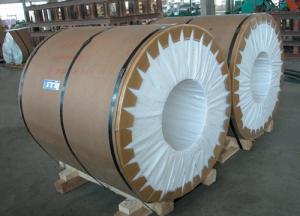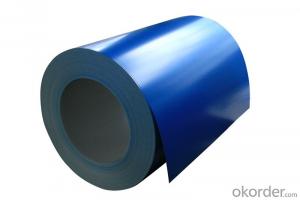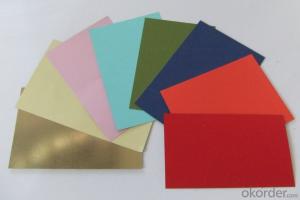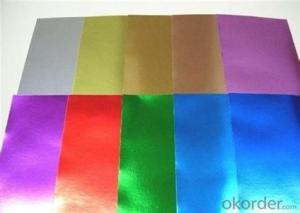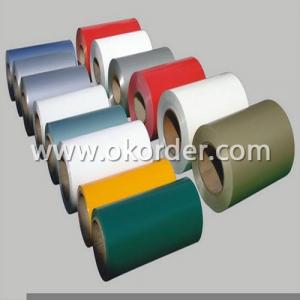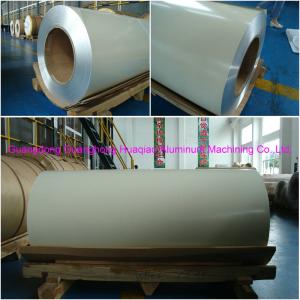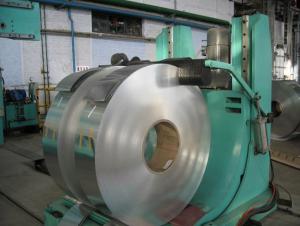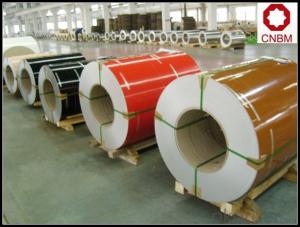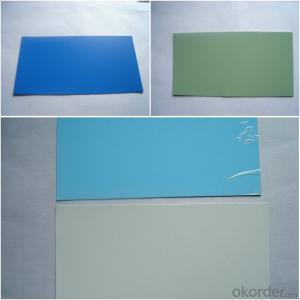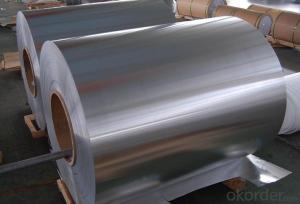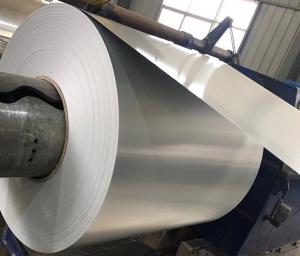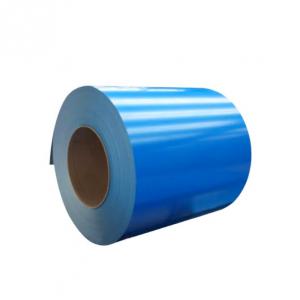Pvc Coated Aluminum Coil Stock
Pvc Coated Aluminum Coil Stock Related Searches
Vinyl Coated Aluminum Coil Stock Painted Aluminum Coil Stock Colored Aluminum Coil Stock Pvc Coated Aluminum Coil Anodized Aluminum Coil Stock Coil Aluminum Stock Pvc Aluminum Coil Aluminum Siding Coil Stock Alcoa Aluminum Coil Stock Aluminum Trim Coil Stock Aluminum Gutter Coil Stock Aluminum Coil Stock For Sale Pvc Coated Aluminum Trim Coil White Aluminum Coil Stock Black Aluminum Coil Stock Aluminum Coil Stock Prices Wood Grain Aluminum Coil Stock Vinyl Coated Aluminum Coil Coil Stock Aluminum Aluminum Coil Stock Lowe's Pvc Aluminum Trim Coil 032 Aluminum Coil Stock Brown Aluminum Coil Stock Buy Coated Aluminum Coil Aluminum Coil Stock Colors Aluminum Coil Stock Thickness 040 Aluminum Coil Stock Color Coated Aluminum Coil Aluminum Coil Stock Holder Aluminum Coil Stock GaugePvc Coated Aluminum Coil Stock Supplier & Manufacturer from China
PVC Coated Aluminum Coil Stock is a versatile product that combines the strength and durability of aluminum with the protective properties of PVC coating. This unique combination results in a material that is resistant to corrosion, wear, and various environmental factors, making it an ideal choice for a wide range of applications.PVC Coated Aluminum Coil Stock is widely used in various industries, including construction, automotive, and signage. In construction, it is often utilized for cladding, roofing, and facades due to its lightweight nature and resistance to harsh weather conditions. In the automotive industry, it is used for manufacturing parts that require high durability and resistance to wear. Additionally, it is a popular choice for signage and display applications, as it offers excellent printability and a sleek, modern appearance.
Okorder.com is a leading wholesale supplier of PVC Coated Aluminum Coil Stock, boasting a vast inventory to cater to the diverse needs of customers worldwide. With a commitment to quality and customer satisfaction, Okorder.com ensures that each PVC Coated Aluminum Coil Stock order is carefully processed and delivered promptly, making it a reliable choice for businesses seeking a dependable supplier of this essential product.
Hot Products

